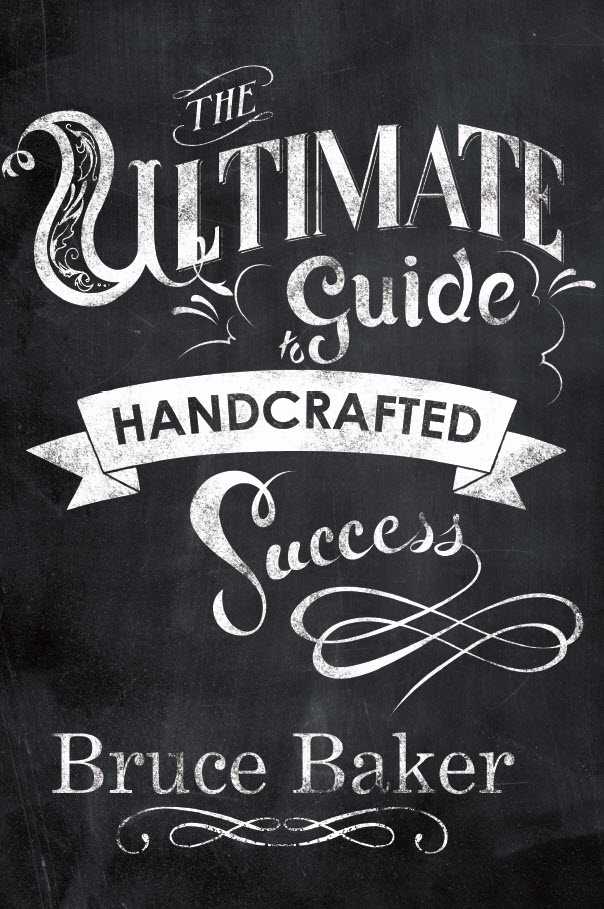By Linda Harbrecht
The creative aspects of glass master Robert Held’s work may be what drives his art, but he is never far removed from the bottom-line realities of running a business. He suggests other aspiring artisans remain equally engaged:
“I know some artists sort of resist that component and don’t feel that you need the business and marketing tools, but you have to be realistic,” he says. “You have to be able to look at a balance sheet. You need to have a business plan, goals, a vision of how you want your company to grow. If you’re committed to making a living with your art, that’s the only way to go. It’s your map, your guide, even in its simplest form.”
He advises outlining broad goals and revisiting the plan once a year to adjust to economic realities.
“Pretty soon,” he says, “you’ll discover what is uniquely yours, what is your driving artistic vision, and what’s going to help you, and your business, evolve.”
He also offers the following advice for fledgling businesses:
- Find a good teacher. Research the people who are working in your field, and find a way to learn from them, either through workshops, classes or apprenticeships. “There’s no substitute for learning from the best,” says Held, who realizes the good fortune he found in the guidance of extraordinary teachers.
- Compile a strong list of viable clients. Held maintains a list of at least 1,000 active clients and 500 more who have purchased a piece of his work within the past couple of years. A lushly photographed catalog keeps them informed of new work and of the evolution of existing lines.
- Be flexible. As with many artists, the economic downturn of the past couple of years hit Held hard. His workforce of 40 was reduced to roughly 20, including glassblowers, gallery staff and administration. Held has to also contend with the variables of labor costs and currency values since he exports so much of his work out of Canada.
“That’s had a huge impact on our profit margins, and it’s something we have absolutely no control of,” he says. “It’s tough out there for everyone, so we’re just trying to continue to produce the best work. We recognize that in terms of most people’s financial needs, we’re not high on the totem pole. We’re just trying to maintain our client base and know that they’ll be back when things turn around.” - Maintain a strong ethical vision about how your work is produced. Although Held’s studios can turn out hundreds of pieces a day, he still insists on top-quality work. “I want people to look at the work we’re producing and think, ‘Wow, that’s top-of-the-line.’ That’s what you have to aspire to every day.”
- Produce pieces that are accessible to a broad audience, even if you are still committed to creating only one-of-a-kind work.“I’ve always believed that it’s important to get your work in the hands of people who will become collectors and may eventually opt for the higher-priced pieces,” he says. “Over the years, we’ve produced millions of little hearts that wholesale around $7.50 and cost about $15 retail. I have five glassblowers turning out maybe 80 pieces a day. Those little hearts are all over the world. And you can still make the one-of-a-kind pieces when you’re inspired. I’ve never lost that drive, but we’ve built broad awareness of our work through the lower-priced pieces.”
- Make sure you love what you’re doing. “The passion has to be there,” he says. “If it’s not, it’s just another job.” Even after three decades of running his own glassblowing studio, the production of millions of pieces and a slew of honors and awards, “the thrill isn’t gone yet. I still get excited and inspired by something new.”







